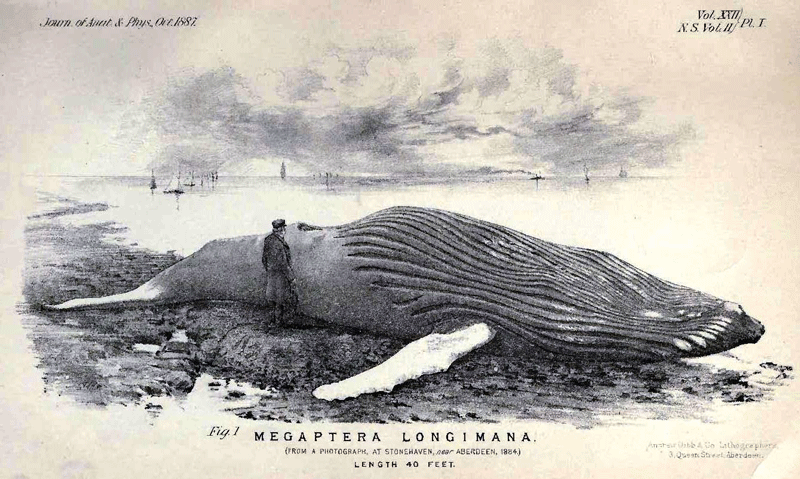Author: Christina Ayele Djossa / Source: Atlas Obscura

About 31 years ago, when Dr. Joy Reidenberg was a graduate student at Mount Sinai Graduate School of Biological Sciences, she climbed into a trailer, then on top of a stranded 11-foot-long pygmy sperm whale lying on its back, and “cut the midline of its throat to get past the blubber.
” She parted the blubber and muscles of the 1,000-pound whale to the sides and located the hyoid bone, “which is a free-floating bone in the neck,” she says. Underneath this bone was the trophy she came to claim, the larynx, “which is a cartilaginous structure at the top of the trachea.”She then “freed up the muscle connections that attach the larynx to the sternum and the hyoid bone.” She did the same to the tongue and walls of the pharynx. Reidenberg then cut the trachea a few inches below the larynx to release its link to the lungs. Lastly, she removed the larynx, with some attached trachea, and placed it into a plastic bag.
The night before, she had received a call from the Marine Mammal Stranding Network, now known as the Marine Mammal Health and Stranding Response Program. The U.S. National Oceanic and Atmospheric Administration (NOAA) Fisheries’ Office of Protected Resources leads this effort to coordinate emergency responses to sick, injured, or dead marine mammals.
The network informed her about a stranded whale in Atlantic City, New Jersey. The specimen was headed to the Smithsonian at 9 a.m., where it would be defleshed in preparation for its bones to be added to the institution’s skeleton collection.
But in the meantime it was hers to dissect. She’d just have to get to New Jersey—and quickly. Rental car agencies in New York City opened around 8 a.m. So, as soon as she got one, she drove 55 miles per hour down the highway. Time doesn’t stop for dead whales.The Marine Mammal Stranding Network called Reidenberg because she was doing “a research project in comparative anatomy and had made an official request for anatomical specimens from dead stranded whales,” she says. In other words, she operated as an on-call dissector, ready to mobilize to the relevant beach.

There are many factors to consider once Reidenberg receives permission to dissect. Enough daylight to examine the specimen is one. Whale dissection is not an ideal night-time activity, but it can be done in the dark, with guts and all. Low tide and a potential storm are two other factors. It’s quite difficult working on a beached whale in knee-deep water while it’s raining. Will the whale lie belly up or down? Will there be construction equipment to move the heavy parts? Will it explode when opened due to gas build-up? These are the questions she grapples with. She could face all of these obstacles, some, or none at all. In the case of the Atlantic City sperm whale, there was one obstacle she didn’t factor in.
A police officer stopped her for speeding. Flustered, she stepped out of the vehicle in her white medical coat and complied with his instructions. He checked the back seat. “His face just turned ashen white, it was really weird,” says Reidenberg. A few moments before, she had heard on the radio that a body chopped to smithereens was discovered in plastic bags. Her rental car was filled with scalpels, hand knives, gloves, wood saws, and an array of gardening tools—equipment one would need to commit such butchery. The plastic bags in the back seat certainly did not help. She explained her situation and he decided to escort her to the stranded whale. Partly, just in case he was wrong.
The ensuing 30-minute whale dissection was one of the most important she’s ever conducted. “Before this, it was assumed that whales did not have vocal folds (the scientific name for vocal ‘cords’),” says Reidenberg. “After observing this whale, and also comparing with dissections of other specimens, we made a discovery: Whales did indeed have vocal folds after all. What had been written in the literature was simply wrong.”
The journey to this breakthrough whale dissection was a long and winding one. “When I was very young, I really enjoyed trying to figure out how things work and that includes living things,” she says….
The post The Heart-Racing Drama of Dissecting a Beached Whale appeared first on FeedBox.